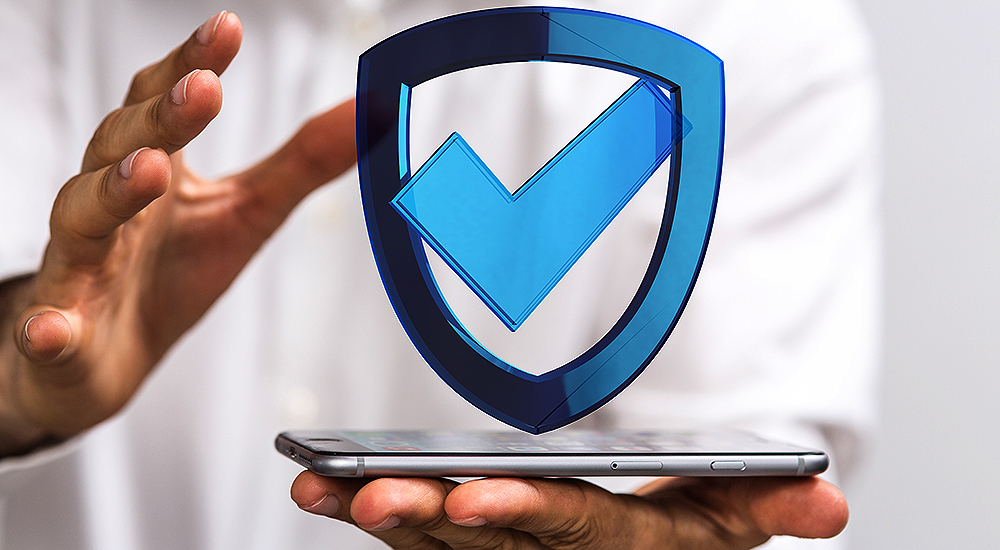Visual verification still part of daily security routines

At a time of strong data encryption, on-chip biometry checks, digital signatures or national public key directories, one can question the necessity of adding advanced physical security features on a passport or an Identity card.
Reports show that even the most secure physical ID documents can still be subject to counterfeiting, particularly aspects of the material document, such as the cardholder’s image or other personalised information. The reason for this is simple: not all law enforcement agencies and private sector companies are equipped with proper electronic devices and software to validate highly secure ID documents, such as national IDs.
The main challenges when checking a document without any device is the ability to do it:
Quickly
Border control officers have between 7 and 12 seconds to raise doubts on the document’s authenticity.
Effectively
A passport data page usually bears more than 20 security features, thus checking all of them is practically impossible. Selecting only a few to look at leaves the viability of that document still in question.
Simply
Even if an on-card security feature is industrially perfect and impossible to reproduce identically, making that security feature too complex – such as is the case with the latest generation of holograms – can make it too difficult to verify in the field.
Exhaustively
One needs to confirm that the document is genuine and has not been modified, particularly when it comes to the main portrait.
The need to authenticate a document in a fast and effective manner is paramount. The easiest and most predominant way to do this is still with the naked eye. However, since a physical document’s attack will be most likely be to the cardholder’s image, including other physical security elements that can be easily verified, will make it easier for border agents to authenticate someone’s identity.
Some of the latest window-based, physical security measures include:
- Negative laser engraving
- Inlay window protection
- Bi-color metallic effect
- Customisable design
- Window seal
In combination these measures can effectively deliver the following:
Protect from counterfeiters
The combination with an inlay including a window protects documents against the most common types of attacks: backside grinding, re-laminating, punching and refilling, and so on. Moreover, the very specific visual effects present would be almost impossible to reproduce.
Protect personalised data
This is laser engraved with the cardholder’s secondary portrait with a special ink that generates a bi-color metallic effect and depending on the angle, a watermark feature. This unique appearance and disappearance of the image is very difficult to replicate.
Fast way to authenticate
A border agent or government representative need only hold the card front and back, against a light to determine if the image has been altered in any way – all in less than 3 seconds. The industry is continually innovating to create new, high-security features that safeguard a citizen’s identity.

Key takeaways
- A border agent need only hold the card against a light to determine if the image has been altered in any way.
- Very specific visual effects present would be almost impossible to reproduce.
- Need to authenticate a document in an effective manner is paramount and easiest way to do this is still with the naked eye.
Physical enhancements on identity cards to verify authenticity have a role to play in these days of digital encryption explains Vincent Gourmelen at HID.




